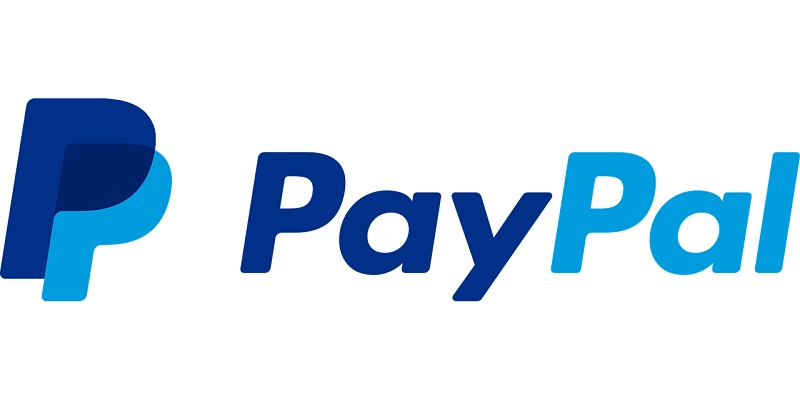Composable commerce platform, commercetools, has recently announced an exciting collaboration with PayPal aimed at offering a wider range of payment options for customers. This strategic integration with PayPal’s Braintree payment platform will provide commercetools’ customers with seamless access to multiple payment providers, acquirers, and banks. With a focus on delivering frictionless experiences for consumers and backend developers, this partnership aims to revolutionize the way businesses operate in the rapidly evolving digital commerce landscape.
Seamless Integration
One of the key advantages of this collaboration is the ability for commercetools customers to seamlessly work with multiple payment providers, acquirers, and banks. This integration enables merchants to leverage PayPal Braintree as a Connect-ready component, significantly speeding up the time to value for businesses. By removing the complexities associated with integrating different payment systems, commercetools empowers merchants to concentrate on their core competencies while offering a seamless checkout experience to their customers.
Expanded Payment Options
In today’s global marketplace, having a wide variety of payment options is crucial for businesses, especially for cross-border transactions. Recognizing this need, commercetools and PayPal have joined forces to offer expanded payment options to customers. This collaboration includes the integration of debit and credit cards, digital wallets, PayPal Pay Later, and a range of local payment methods. With these comprehensive payment options, customers can effortlessly make transactions in over 200 markets and 135 currencies, ensuring a truly global shopping experience.
Integrated Fraud Tools
In addition to expanding payment options, commercetools and PayPal have also developed integrated and customizable fraud tools as part of this collaboration. Merchants will now have access to advanced risk services, such as fraud protection on eligible transactions and dispute automation. These fraud tools provide an additional layer of security, safeguarding businesses from potential financial losses while encouraging customer confidence and trust in the payment process.
Commitment to MACH Approach
David Bruce, Vice President and Global Head of Channel Partnerships at PayPal, highlights the company’s commitment to the MACH (Microservices, API-First, Cloud-Native, and Headless) approach and composable commerce. This approach emphasizes the importance of modularity and flexibility in building and scaling modern commerce solutions. By embracing this approach, PayPal and commercetools aim to provide a seamless, future-proof commerce experience that meets the needs of both consumers and backend developers.
This collaboration between commercetools and PayPal builds upon previous integrations within the eCommerce industry. In August, it was reported that Riskified had successfully integrated its fraud prevention and risk management solutions with the commercetools eCommerce platform. This integration further strengthens commercetools’ capabilities in tackling fraud while streamlining the overall customer experience.
Headquartered in Munich, Commercetools is at the forefront of cloud-native, technology-agnostic composable commerce solutions. By combining independent components into a cohesive system, Commercetools can address specific business needs and deliver robust and scalable solutions. The collaboration with PayPal, with its expanded payment options, integrated fraud tools, and commitment to the MACH approach, is set to revolutionize the eCommerce landscape. As businesses strive to offer enhanced payment experiences and cater to a global customer base, this partnership provides a powerful solution to meet their evolving needs. With Commercetools and PayPal leading the way, businesses can unlock new possibilities and elevate their digital commerce capabilities.

